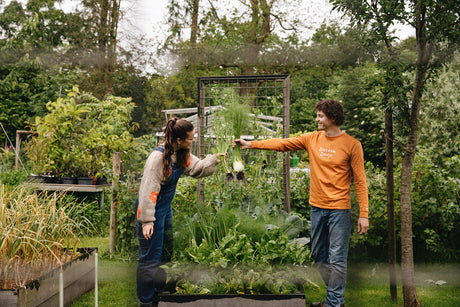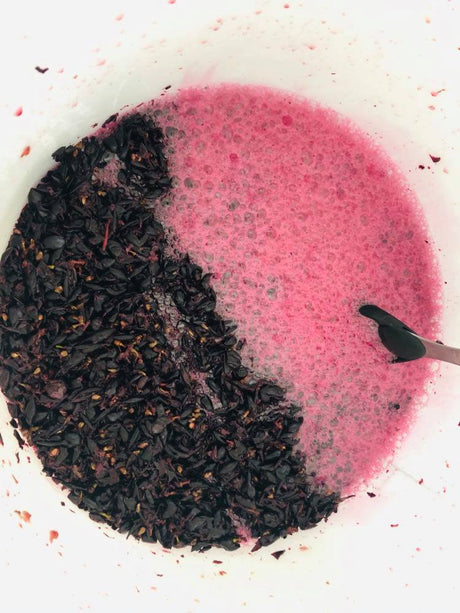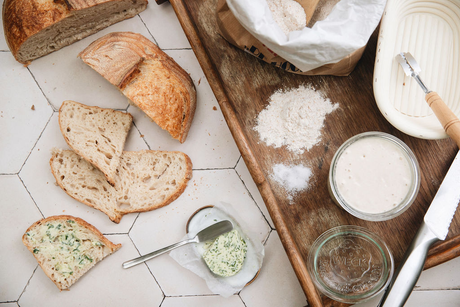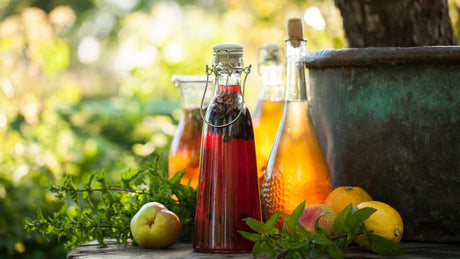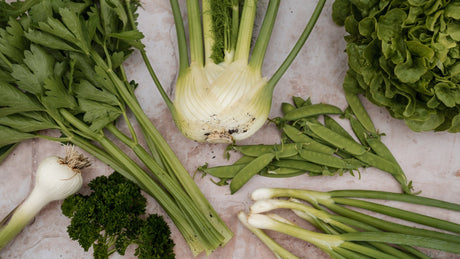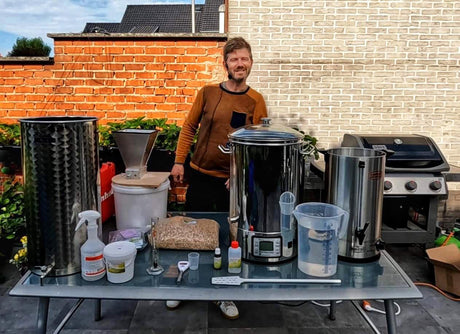Choosing Vines: Which Vines Do I Want to Plant?
A decision that will define the foundation of your winemaking adventure is choosing your vines. It's best not to buy vines without asking yourself a few questions first.
Vines are grafted
A grapevine consists of a rootstock and a graft. The rootstock is an American cane that is resistant to phylloxera. The true grape variety is a 5-cm cane grafted onto the American rootstock. This cane is protected by a wax layer and has one year at the breeder's (someone who grows grapevines) to establish itself and become a whole. During the first year, the American rootstock also develops its roots. The vines are cooled and put into a dormant state and then sold bare-root in the spring. You can also buy one-year-old vines in a pot with soil from the garden center, but nothing beats buying bare-root vines.
Which type of rootstock or rootstock do I choose?
There are many different types of rootstocks, each assigned a type that usually consists of a combination of numbers (SO4, Couderc 3309, 125AA) and letters, but not all (e.g., Gravesac). As a hobby winemaker, you can have your soil analyzed and then make the right choice for your rootstock, or you can choose a rootstock that performs well all-around. Gravesac on sandy loam and SO4 on loamy clay soils are excellent choices.
Which grape varieties do I choose?
Climate influences and our soil
Everyone wants to make a structured Grand Cru Classé from Saint-Émilion or a razor-sharp Sauvignon Blanc from New Zealand. The reality is that in our low-lying countries, we don't always have the climatic conditions to bring those grapes to full ripeness. At a latitude of approximately 52° north, we never have the sun's angle of incidence that regions further south do. Temperatures may be warmer, but the sun's position remains the same. Our soils are often simple clay or sandy-loam soils. We amateur winemakers aren't always able to plant in ideally situated soils. The most important thing is that we plant a grape variety that we can bring to the desired ripeness for the wine style we want to make. For example, a grape we want to make sparkling wine with is harvested less ripe than one we want to make a full-bodied white or red wine with. Certain grapes also ripen earlier than others.
Noble varieties, crosses, hybrids, resistant grapes and Piwis
Noble breeds
Everyone knows noble grape varieties. They are authentic grape varieties of the vitis vinifera, literally translated as "wine grape." There are thousands of examples of noble grape varieties with their own genetic code. They are often associated with one or more specific regions. Sangiovese, for example, is often associated with Tuscany, and Sauvignon Blanc with the Loire Valley and New Zealand.
In our region, we're primarily looking for noble varieties that thrive in a cold climate. I'm sure there's Malbec (widely planted in the Cahors region and Mendoza Valley in Argentina) in Belgium. But I think among noble varieties, we'd be better off looking at the Pinot family—Chardonnay, Riesling, etc.—for whites, and Pinot Noir, Acolon, and Dornfelder for reds. There are few red wine grapes from these noble varieties that are so successful among amateur winegrowers.
Crosses, hybrids, resistant grapes and Piwis
Over the years, various grape varieties have been crossed for various reasons. These can include productivity, flavor, or disease resistance in the vineyard. There's a lot of debate and muscle-flexing about the quality of these crosses. The professional wine world often looks down on these crosses, arguing that they can't produce high-quality wine. As a hobbyist winemaker who proudly wants to put a good glass on the table to enjoy with family and friends, I'm open to all grape varieties. I've planted four varieties in my vineyard: Pinot Noir, Chardonnay, Johannitter, and Regent.
The more resistant hybrids are a boon for hobby wine growing.


